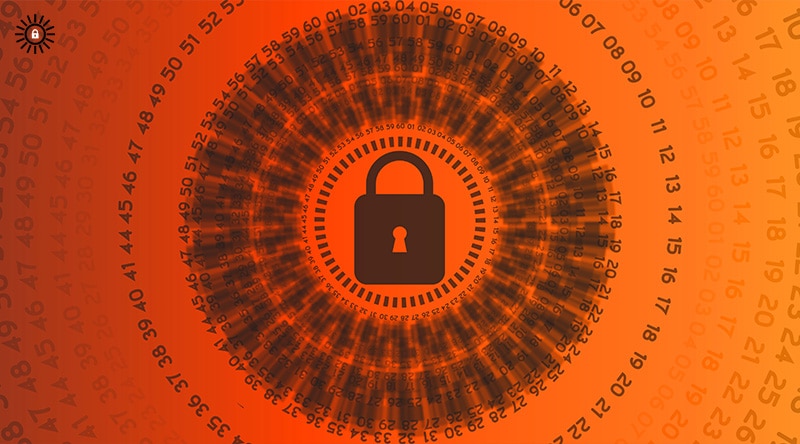- April 11, 2023
- Tags:

A cybersecurity program is a set of operational practices to protect an organization’s critical assets, such as people, technologies, and processes, from unauthorized access, theft, damage, or disruption. As a result, cybersecurity programs usually include risk management, threat detection, and response, access control management, security awareness training, etc.
Security researchers discovered that 60% of small and medium-sized businesses (SMBs) fail within six months of a data breach or cybersecurity incident. A robust cybersecurity program helps enterprises to protect against these threats by implementing security measures that prevent, detect, and respond to attacks. Thus, a robust cybersecurity program helps to maintain business continuity, protect sensitive information, comply with regulatory requirements, and preserve customer trust.
What It Takes to Start a Cybersecurity Program
When developing a cybersecurity program, organizations must consider their unique business operations, technology environment, and relevant risks. Therefore, implementing and managing an organization’s cybersecurity program starts with decision-making, typically at the C-suite level. Ultimately, C-level buy-in ensures that critical decisions and processes are adequately implemented with little resistance from other stakeholders.
It is also necessary to form a steering committee that conducts quarterly meetings to oversee the security risk assessment results review, the approval and progress of the remediation plan, and the budget review and approval for the upcoming year.
In addition to developing the cybersecurity program, engaging with third-party vendors and service providers is necessary to ensure they meet the organization’s cybersecurity standards.
Here are the steps to build a robust cybersecurity program:
- Risk Assessment: Conduct a risk assessment to detect potential vulnerabilities and threats. This step helps identify the critical processes and assets for contextual risk assessment. Organizations must conduct annual security risk assessments and control gap analyses. They can also be performed monthly, quarterly, or bi-annually depending on the availability of funds.
- Create program outline: Compliance profiling and scoping of the cybersecurity program at the beginning of the year are necessary for prioritizing assets and allocating resources effectively. In addition, this outline addresses all relevant risks and establishes a governance structure to oversee its implementation and maintenance. Also, assigning a dedicated cybersecurity team or hiring third-party experts to manage and maintain the cybersecurity program can help achieve a robust security posture.
- Develop cybersecurity plans, policies, and procedures: When developing a cybersecurity program, organizations must include Business Continuity Plans (BCPs), Incident Response Plans (IRPs), and Disaster Recovery Plans (DRPs) in their cybersecurity program. For example, suppose BCP and IRP implementation takes place in the first quarter. In that case, conducting the annual DRP, backup recovery testing, and BCP and IRP team exercises in the second quarter is essential.
- Implement safeguards: Technical and administrative safeguards help prevent, detect, and respond to cyberattacks. Technical safeguards include tools such as firewalls, antivirus software, and encryption, whereas administrative safeguards involve policies, procedures, and employee training to ensure adequate security management.
- Test the security posture: Testing critical systems for security misconfigurations and determining whether the policies are appropriately implemented within said systems help identify security gaps for improvement. In addition, conduct annual penetration testing and red team exercises in the final quarter to test the cybersecurity team’s ability to promptly detect and mitigate malicious threats on the network and its endpoints.
- Monitor and update: Audit and evaluate the cybersecurity program to adapt to new threats and technologies. Conduct monthly reviews with the executive sponsor to identify vulnerabilities and areas for improvement. Regular updates to the cybersecurity program introduce new technologies, address regulatory changes, and enhance existing policies and procedures.
Maintaining a Cybersecurity Program
Managing and maintaining an organization’s cybersecurity program requires ongoing attention and dedication to ensure its continued effectiveness against evolving cyber threats. Thus, assigning clear ownership and responsibility for cybersecurity is crucial to ensure accountability. In addition, from continuously assessing and identifying risks and developing and maintaining policies and procedures to conducting regular security training and awareness programs, planning quarterly or bi-annual program activities is essential for staying updated with the latest cybersecurity trends and technologies.
A recent report shows that 43% of organizational leaders believe a cyberattack will financially affect their organization in the next few years. In this context, an organization should continuously improve the program by leveraging the results of regular assessments, audits, and reviews with the executive sponsor. As in many cases, enterprises devote more resources to day-to-day defenses than a strategic investment.
Conclusion
Developing and implementing a robust cybersecurity program is critical for enterprises to maintain business continuity, protect their assets, and comply with industry regulations and data security and privacy standards. In addition, it helps organizations stay ahead of the evolving threat landscape and adapt to new technologies, ensuring they are ready for any cybersecurity challenges.
Everything from risk assessments and defining the program’s scope to regular monitoring, evaluation, and audits contributes to improving the organization’s cybersecurity posture. While the C-suite decides the implementation of the strategies, the success of any cybersecurity program rests with the entire organization and its employees following cybersecurity best practices.








